Understanding Customer Match Lists to Enhance Audience Targeting
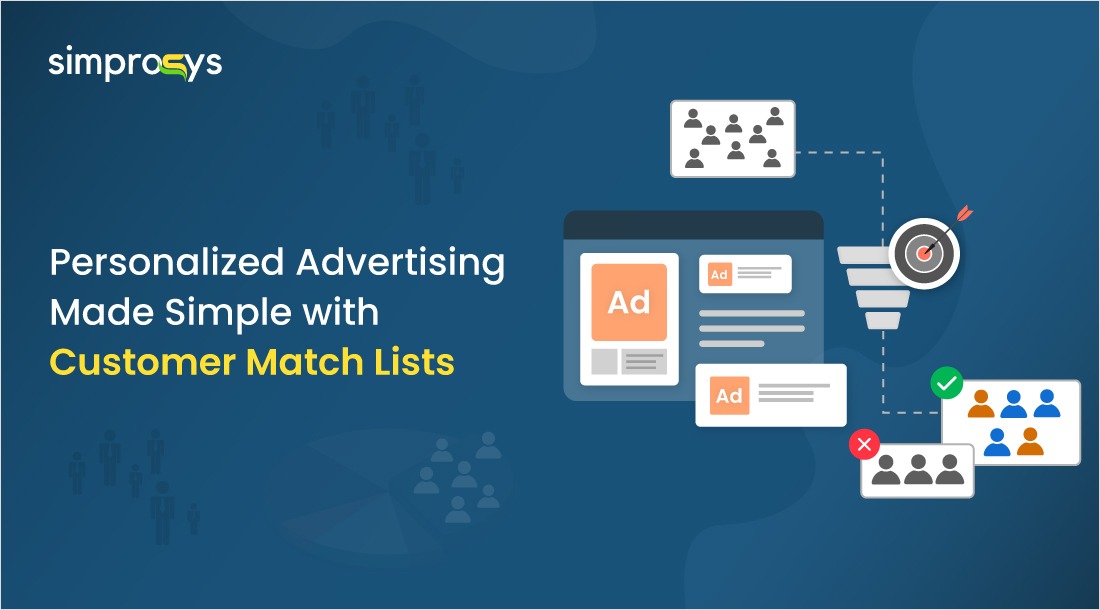
Poor audience targeting and wasted ad spend are common problems for e-commerce merchants. Many ad campaigns fail to target the right audience, leading to low conversion rates and a lack of return on investment (ROI). Traditional advertising methods rely on guesswork, making it difficult to achieve relevant engagement with potential customers.
Customer match lists have revolutionized customer match marketing by enabling merchants to use their existing customer data for more effective campaigns. This audience-targeting strategy allows merchants to go beyond generic advertising approaches and connect with their most valuable prospects.
With solutions like Simprosys Customer Match Lists, merchants can easily automate and optimize their targeting efforts across multiple advertising platforms. We’ll talk more about this below.
For now, let’s explore how match-based marketing can transform your advertising strategy and drive better results for your online business.
What is a Customer Match?
It is a useful advertising feature that enables merchants/advertisers to create data-powered audience sets using their own first-party customer data. Through this feature, they can find new, similar customers throughout the advertising network and re-engage past ones using their customer information from the online store.
The process involves creating custom audiences by uploading contact details such as phone numbers or email addresses to advertising platforms. These platforms then match this data with user accounts to build segmented customer lists for targeted ad campaigns across various networks.
Unlike traditional remarketing lists that rely on cookies and tracking pixels, a customer-match audience is built from direct customer interactions and consent-based data. This approach creates more reliable and privacy-compliant targeting compared to conventional remarketing lists.
Through this blog, we’ll cover the importance of using customer match lists for better audience targeting and optimizing your ad performance. Further, we’ll also understand how it works and the best practices to be followed.
Benefits of Using Customer Match
There are several benefits of customer match lists in digital advertising. These advantages include:
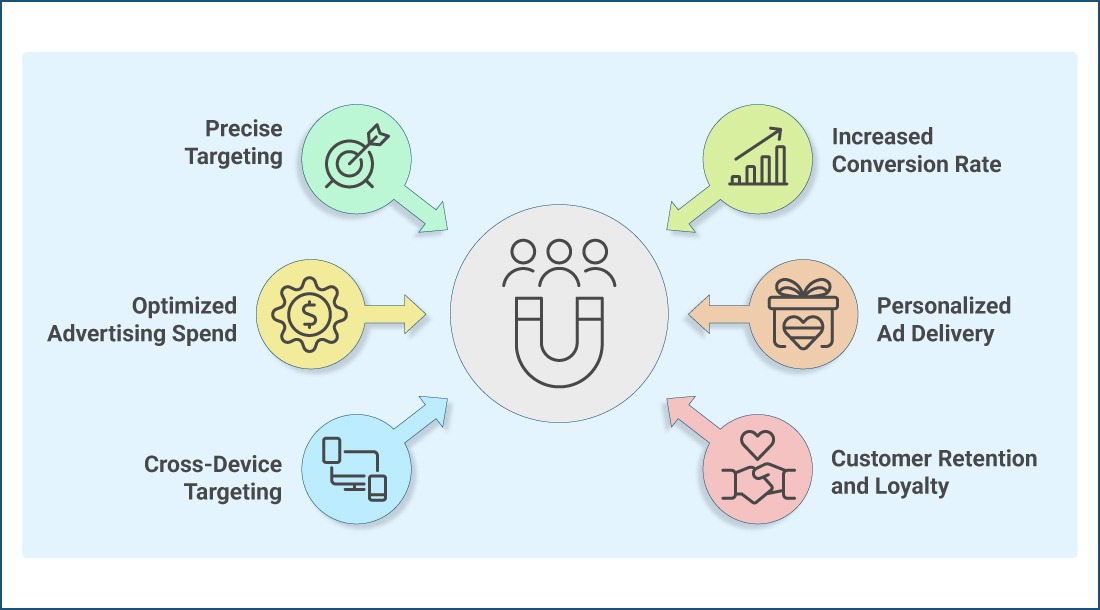
1. Precise Targeting List Creation:
It enables advertisers to build a precise targeting list using their own first-party data. This includes phone numbers, addresses, and email IDs, which create highly relevant audiences. By using data from past customer interactions, they can target people who are most likely interested. It eliminates guesswork, unlike traditional methods.
2. Increased Conversion Rate
Targeting people who are already familiar with a brand or are similar to your current customer base could lead to higher conversion rates than cold audiences. Merchants usually notice a rise in conversion rates when they customize advertisements for both lookalike audiences and existing customers.
3. Optimized Advertising Spend
By focusing more on relevant audiences, e-commerce brands can boost their return on investment (ROI) and reduce wasted ad spend on irrelevant users. It helps to focus advertising efforts on people who have already shown interest or converted into buyers.
4. Personalized Advertising
Advertisers may customize their strategy to specific audience segments based on actual customer behavior and preferences. As a result, the advertisements become more impactful and relevant, which improves brand visibility and builds closer relationships with the audience.
5. Cross-Device Targeting
Unlike cookie-based remarketing, customer match can remember users across different devices and web browsers, provided they can be identified by the uploaded contact information, leading to more consistent reach and improved campaign performance.
6. Customer Retention and Loyalty
In addition to promoting to new audiences, marketers can re-engage with their previous customers and strengthen their bonds with current customers. Custom audiences make it easier to connect with previous customers and prospects, encouraging repeat purchases and building long-term loyalty.
How Customer Match Works
Understanding the process behind customer match implementation is crucial for successful campaign execution. Here’s how it works to create effective targeting.
Uploading Customer Data: The process begins with understanding customer match list requirements for each platform. Merchants must upload customer data files formatted according to specific platform guidelines. These files generally include identifiers like email addresses or phone numbers, formatted according to platform guidelines. Accurate and properly formatted data ensures higher match rates.
Data Matching and Privacy: When the data is uploaded, the platform hashes it for privacy and security before matching it with relevant user profiles. It ensures that sensitive information is protected, adhering to privacy regulations like GDPR and CCPA. Only matched users are added to the advertiser’s custom audience list.
First-party Data’s Significance: The data used here is first-party data, which means the customers have agreed to share their information with you. Using first-party data for remarketing provides several advantages over traditional tracking methods. The data can be useful because it’s accurate and reliable.
Further, to comply with local laws like the CCPA or GDPR, ensure that everyone on the list has granted you permission to use their data.
API Integration and Automation: Modern customer match API systems enable seamless integration with e-commerce platforms, allowing for automatic list updates and real-time synchronization. It ensures that audience lists remain updated and relevant without manual intervention.
Mistakes to Avoid
Implementing customer match strategies requires careful attention to customer match list best practices. Here are the top things e-commerce merchants SHOULD NOT DO:
Not ideal for new e-commerce brands
One of the most significant audience targeting mistakes is treating customer match to be suitable for all advertisers. If you’re just starting with ads, you likely will not have a sizable email/phone list to match effectively. Even if you upload a small list, it may not match enough users for effective targeting. New advertisers should focus on broader, intent-based strategies first before customer match campaigns.
Do not use outdated or low-quality data
Never use outdated or low-quality data in your remarketing lists. Invalid emails/phone numbers lead to low match rates, wasting ad spend. So, regularly clean your lists (remove inactive/bounced emails) and prioritize recent purchasers (last 6-12 months).
Do not ignore audience segmentation
Do not ignore audience segmentation when creating your customer match campaigns. Sending the same ad to all customers (e.g., first-time buyers vs. loyal customers) is irrelevant. Use segmented lists, tailored to different customer journey stages for better results.
Do not overlap customer match with other audiences
Don’t overlap customer-match audiences with other targeting methods, as this can lead to accidentally double-serving ads to the same users. You can use exclusion lists to avoid overlap. Ex: Exclude recent purchasers from prospecting campaigns.
Do not forget to test and optimize
Customer match needs refinement. Ensure to A/B test creatives for different segments and conduct thorough post-campaign analysis. Track which lists generate maximum ROI and monitor conversions by audience segments.
Do you know you can automate it?
Instead of manually uploading and updating the customer match audiences, there’s a way you can automate this process. That’s right. With the Simprosys Customer Match Lists app, which works on the API method, you can automate the syncing of customer match lists for Shopify & Shopline stores to Google Ads, Meta Ads, & Microsoft Advertising.
It helps efficiently control your present customer targeting and optimize your ad spends. This time-saving app enables precise targeting & exclusion to optimize targeting & re-engage shoppers.
Why Simprosys Customer Match Lists?

Our Final Word
Customer Match is a savior for e-commerce merchants looking to make their advertising more personalized, effective, and data-driven. Whether you’re looking to re-engage existing customers, find new ones, or optimize your ad spend, it provides a flexible solution to achieve your marketing goals.
Overall, it encourages marketers to go beyond broad targeting and engage with specific audiences across the advertising networks, resulting in more effective campaigns and better outcomes.
Start exploring the power of Customer Match today, and unlock new opportunities for smarter advertising!
FAQs: Quick Answers for You
What is the minimum audience size for a Customer Match list?
Google: A list must have at least 100 members added or updated within the last 540 days to stay eligible.
Microsoft: The list should have at least 300 active email users for targeting across the Microsoft Advertising Network.
Meta: The list should include at least 100 customers.
What’s the difference between Customer Match Lists and Remarketing Lists?
The key difference is the targeting method and data source.
Customer Match uses your own customer data (like emails or phone numbers). Remarketing Lists target users based on website cookies, app user IDs, or Signals. Customer Match uses first-party data, whereas remarketing relies on tracking user behavior.
Can I use Customer Match lists to exclude audiences?
Yes, one straightforward use case is excluding your customer match audience from campaigns that need to reach new customers, particularly for Display or YouTube campaigns. This helps make your advertising more efficient by avoiding serving ads to people who have already purchased a product.
What are the customer match list requirements?
The requirements vary depending on the ad platform on which you are using. They are different for Google, Meta, and Microsoft Advertising.
If you have further questions related to match-based marketing or regarding our app, please feel free to drop them in the comments below.


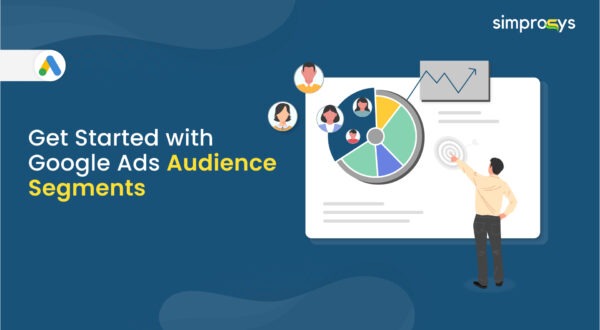
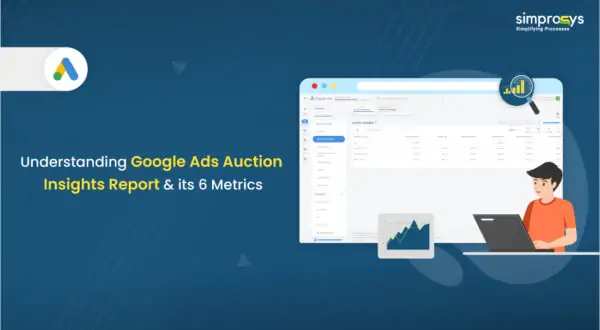
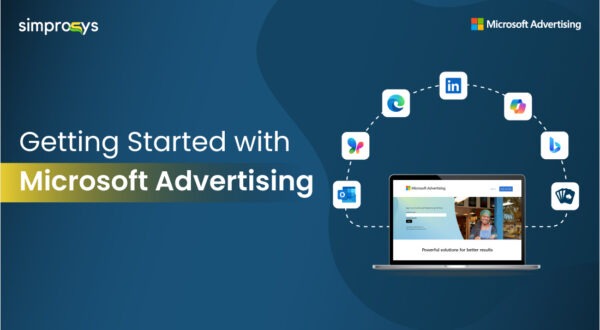
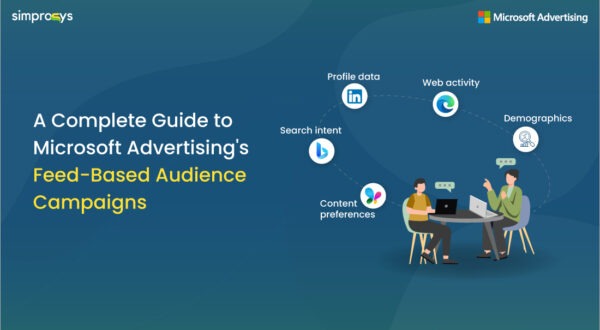
Leave a Reply